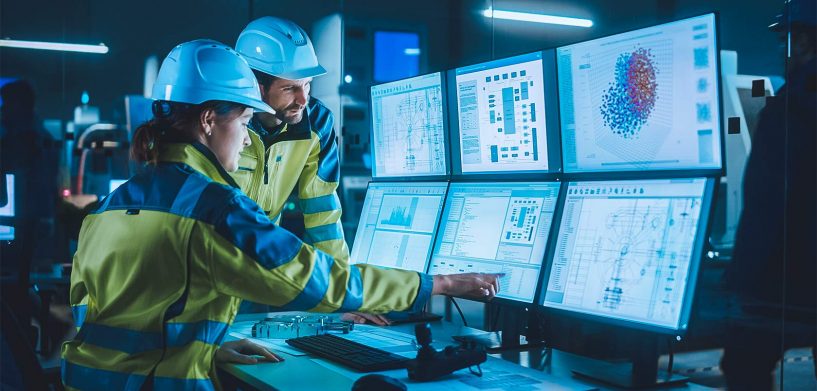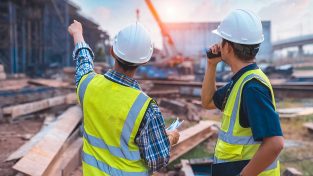HxGN LIVE Global events showcase innovative products in autonomy, data and reality capture that become gamechangers across many industries. Mike Chawaga, attendee in 2022 and CEO of Robotic Imaging, writes how Hexagon’s digital 3D modeling software elevates architecture, engineering and construction industries.
HxGN LIVE Global 2022 exposed attendees to new innovations that help people in virtually any industry work smarter and more sustainably through the power of autonomous data utilisation. Those of us in the architecture, engineering and construction (AEC) profession were especially interested in showing and exploring the latest technologies that facilitate building projects. I’ll talk about one of those here.
In an ideal situation, a building designer would have access to smart 3D models with all design elements clearly defined. A change made to one component would automatically reflect on the other elements connected to it. The presence of an accurate and smart 3D model can be crucial for all stages of construction.
A building information model (BIM) is a method that allows designers to create a similar digital 3D model that AEC professionals can later use. Based on an intelligent model and driven by a cloud platform, BIM incorporates structured data to create a digital representation of a building across its lifecycle. There is an increasing demand in the AEC industry for the application of BIM to existing buildings. Scan-to-BIM services enable the creation of digital models of pre-existing structures and sites that can be used to develop and maintain a BIM model.
A laser scan-to-BIM model is a 3D BIM model created from a light detection and ranging (LiDAR) scan (leveraging the RTC360, BLK2GO and BLK2FLY, for example). The purpose of the scan is to capture elements of an object in physical space. Scan-to-BIM captures high-resolution 3D simulations of existing buildings and converts them into digitally workable models. In effect, the scanning technology automates the challenging task of documenting the existing site.
The LiDAR scanner emits laser beams that strike and bounce back to the instrument, measuring the distances between all the surfaces and the instrument as it travels back and forth. The LiDAR scanner also captures different points during the scanning process and colourises them based on 3D photography. These points are collectively termed a point cloud.
AEC professionals have widely adopted scan-to-BIM because of the benefits it provides. Here are a few reasons why it has become popular.
- Scan-to-BIM replaces the need for several drawings, routine site visits and so on, creating a comprehensive 3D model on a digital platform.
- The as-built model of the site and nearby buildings helps professionals comprehend site conditions and make informed design decisions.
- LiDAR laser scans help identify potential problems for installation and assemblies, resulting in time and cost savings.
A 3D digital building model created through scan-to-BIM can greatly increase accuracy and productivity. Collaborating with a professional scan-to-BIM service provider, such as Robotic Imaging, is a smart way to reap the benefits of BIM without the investment in costly equipment and training.

















